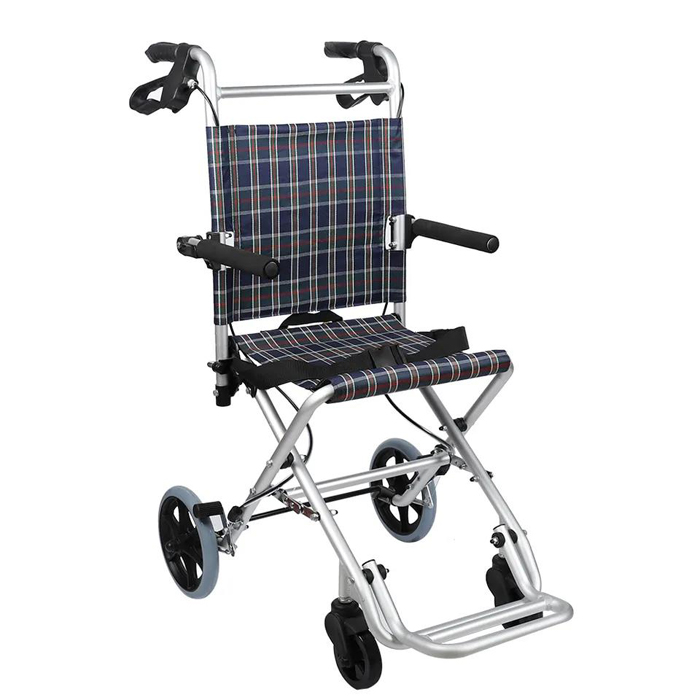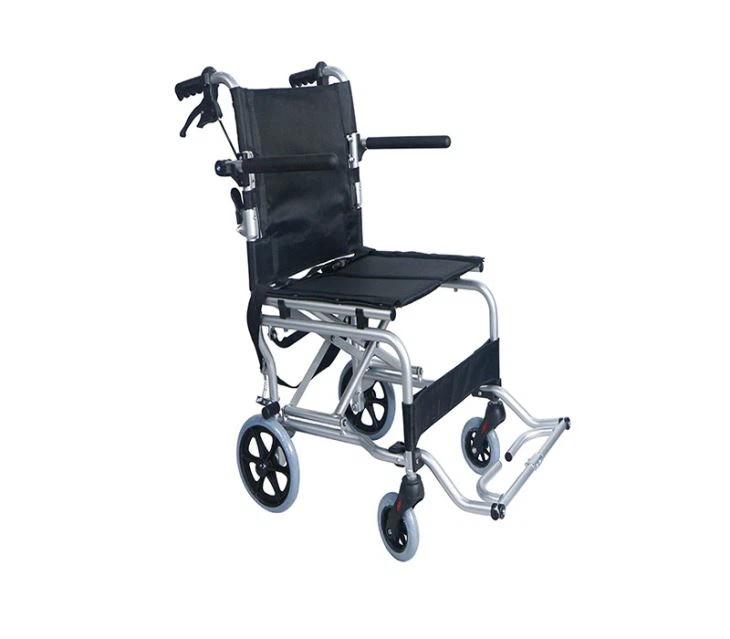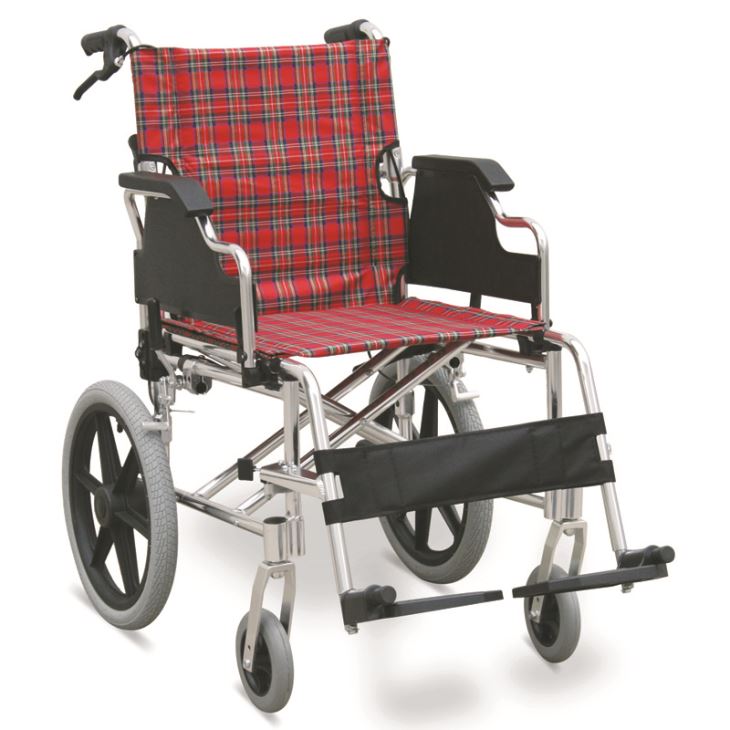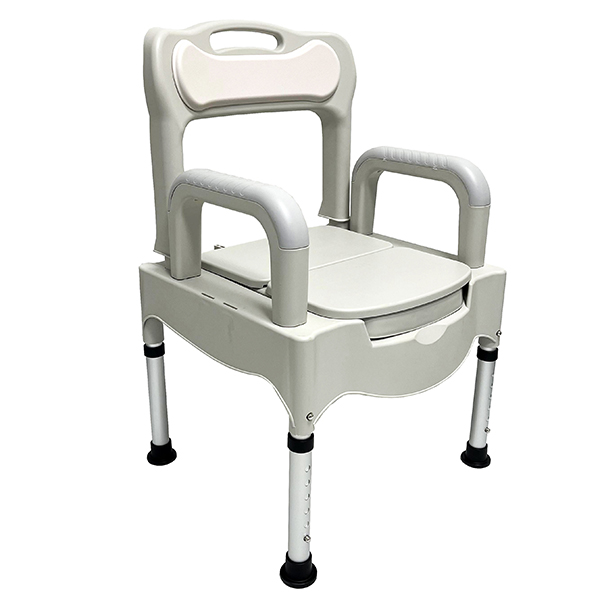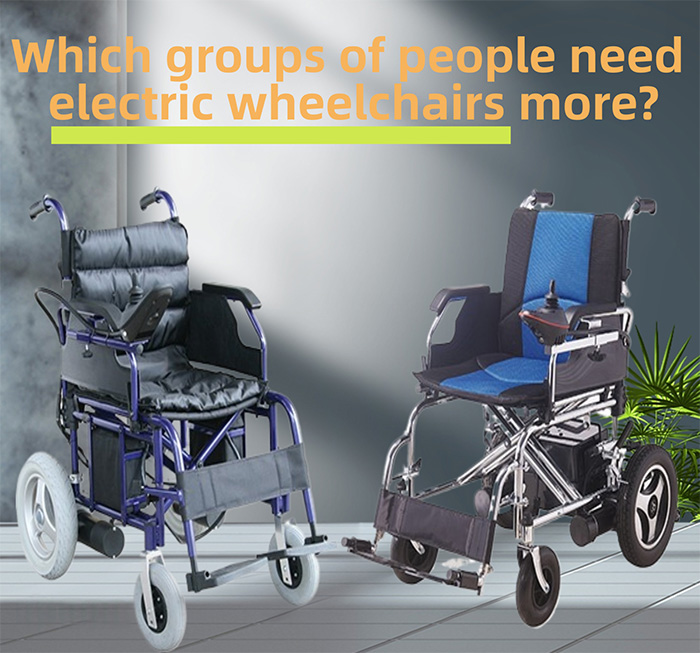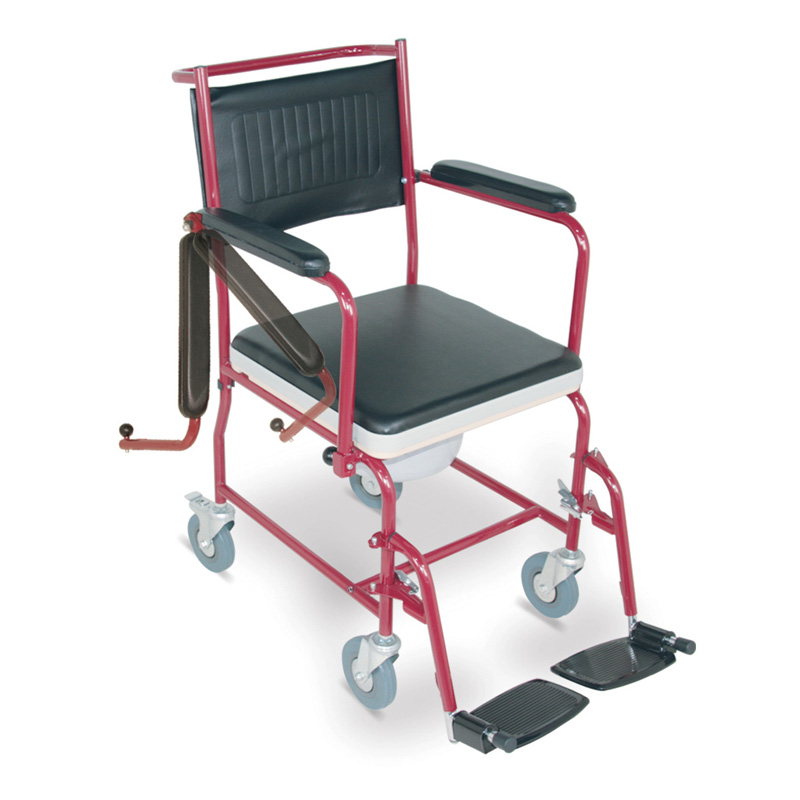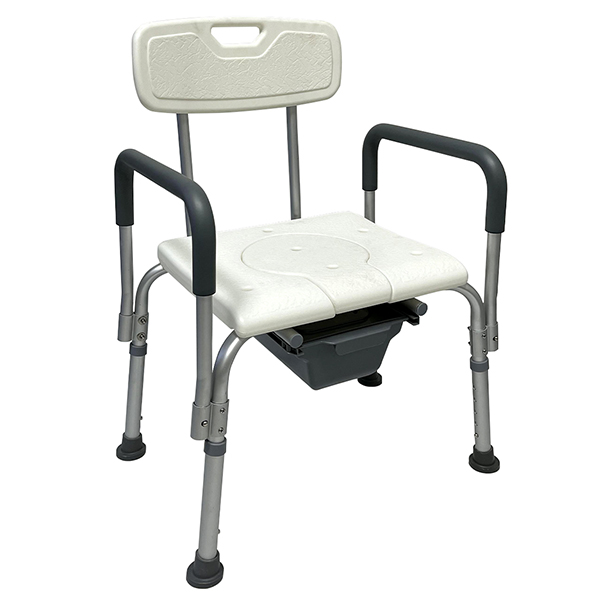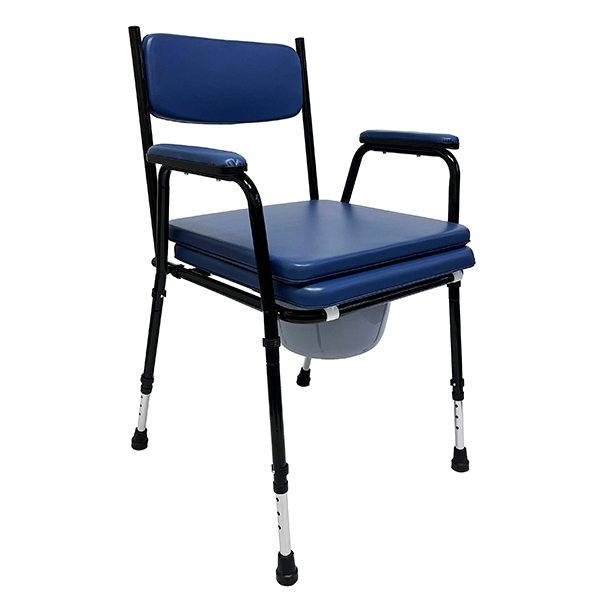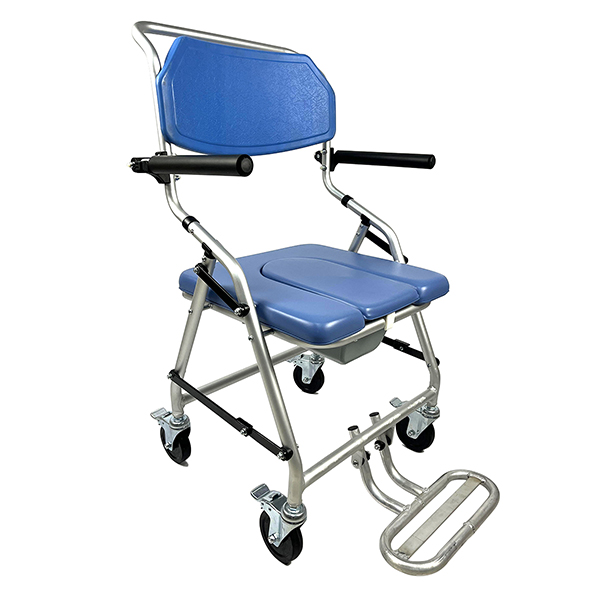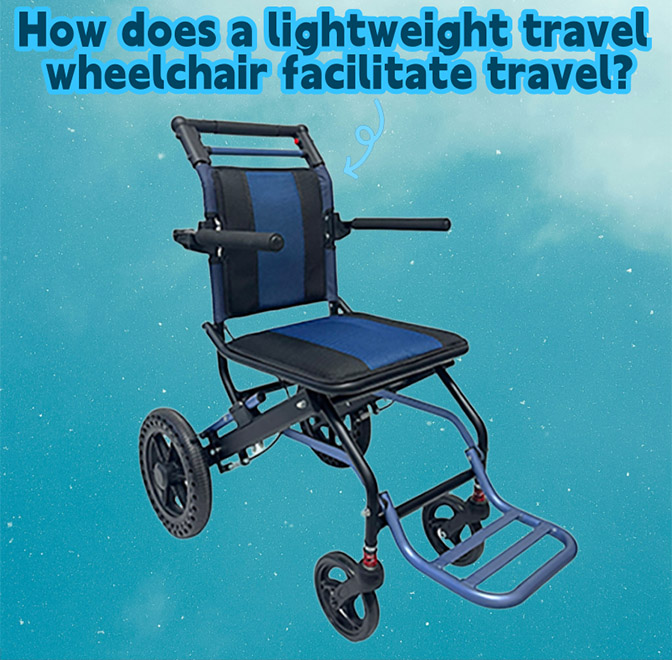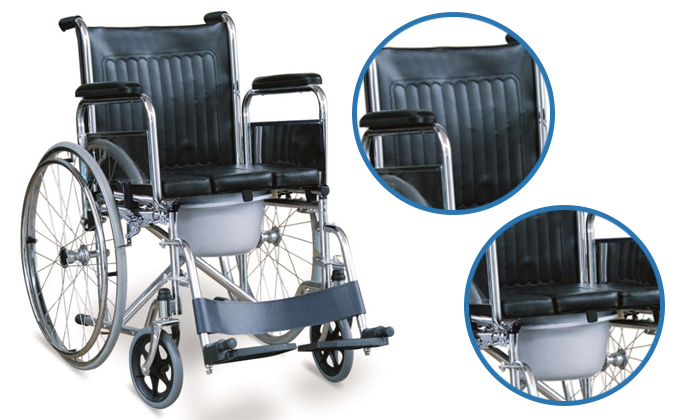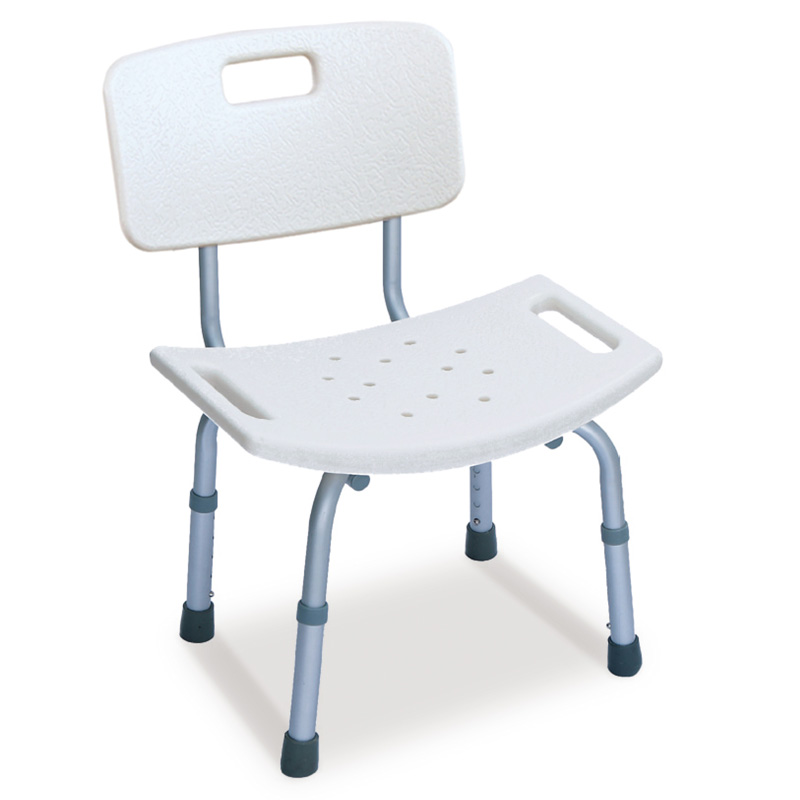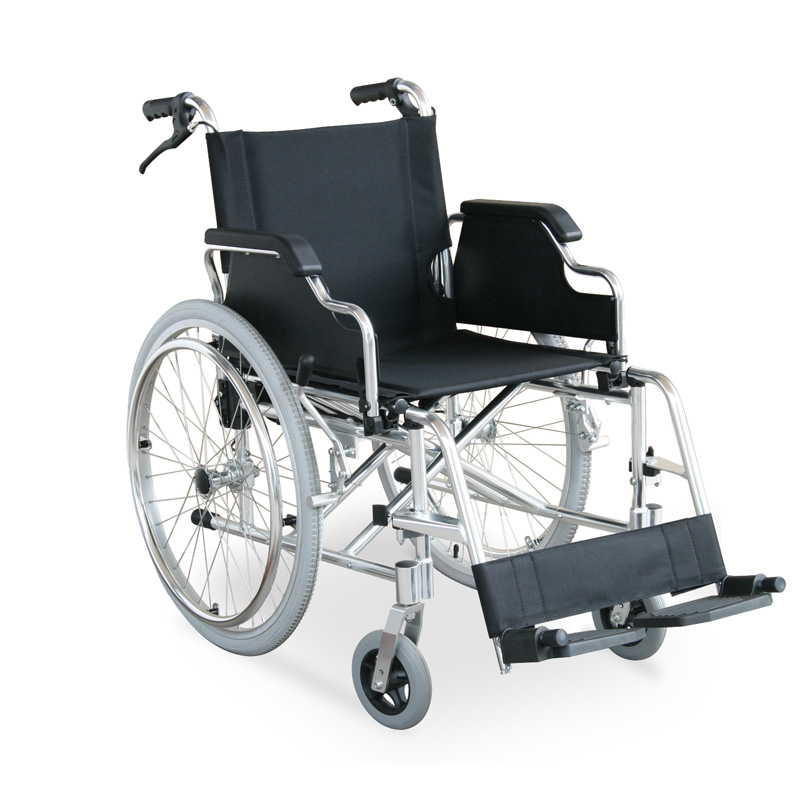What is the difference between a regular wheelchair and a transport wheelchair?
What is the difference between a regular wheelchair and a transport wheelchair?
Regular wheelchairs and transport wheelchair They may look similar at first glance, but there are key differences. Let's explore what regular wheelchairs and transport wheelchair look like, their features, and the differences between them.
What does a regular wheelchair look like?
Regular wheelchairs are designed to provide long-term mobility support for people with disabilities or limited mobility. It can be self-propelled or electric.

Design
Frame: Usually made of durable materials such as aluminum, it is common in aluminium wheelchair. It has better stability and is suitable for users who need high support, and can also be folded for easy storage and transportation.
Seat: Aluminium wheelchair come with padded seats and backrests. Some also come with adjustable armrests, footrests, and leg rests for enhanced comfort.
Wheels: Aluminium wheelchair are usually equipped with two large rear wheels (22-26 inches in diameter) to provide propulsion and stability, and two small front swivel casters for easy maneuvering.
Functionality
Independence: Aluminium wheelchair provide users with a high degree of independence, allowing them to move freely and participate in activities, thereby improving their quality of life.
What does a transport wheelchair look like?
Transit wheelchair are used for short-term mobility assistance, primarily when the user needs to be moved by a caregiver.

Design
Frame: Made of lightweight materials such as aluminum, it is often used for lightweight transport wheelchair, making it easy for caregivers to push and carry. The frame is usually foldable for easy storage and transportation.
Seat: Similar to the seat of a aluminium wheelchair, but less padded and with fewer adjustable features. Lightweight transport wheelchair provide basic comfort and support during mobility.
Wheels: Transit wheelchair have two small rear wheels (8-12 inches in diameter) for easy pushing, and two small front swivel casters for easy maneuvering. Some have brakes for safety.
Function
Transport: A lightweight transport wheelchair has its main function to transport the user. A caregiver can easily push it through different environments.
Maneuverability: A lightweight transport wheelchair can easily maneuver through tight spaces and corners.
Core differences in design
Frame
Material and construction: Regular wheelchairs, such as aluminium wheelchair, have a more durable aluminum frame, and the structure can be more complex to provide better support. In contrast, transit wheelchair have lighter frames made of aluminum or other lightweight materials and simpler construction to reduce weight, especially lightweight transport wheelchairs.
Folding feature: While both can have folding frames, lightweight transport wheelchair usually place more emphasis on this feature for easier storage and transportation. The folding frame of a regular wheelchair is more of an added convenience, while rigid options are more common for stability.
Seat
Adjustability: Aluminium wheelchair have more functional options, including seat and back angle, lumbar support, and adjustable armrests, footrests, and leg rests. Transit wheelchair have limited adjustability, and the seat and backrest may not be adjusted to as many angles.
Padding: Aluminium wheelchair usually have padded seats to provide long-term comfort and reduce the risk of bedsores. Transit wheelchair come with basic padding that is sufficient for short-term use.
Wheels
Size: Aluminium wheelchair come with large rear wheels for increased stability, traction, and a smoother ride on different terrains. Transit wheelchair come with small rear wheels, making them lighter and easier to maneuver in tight spaces, especially for adult transport wheelchairs.
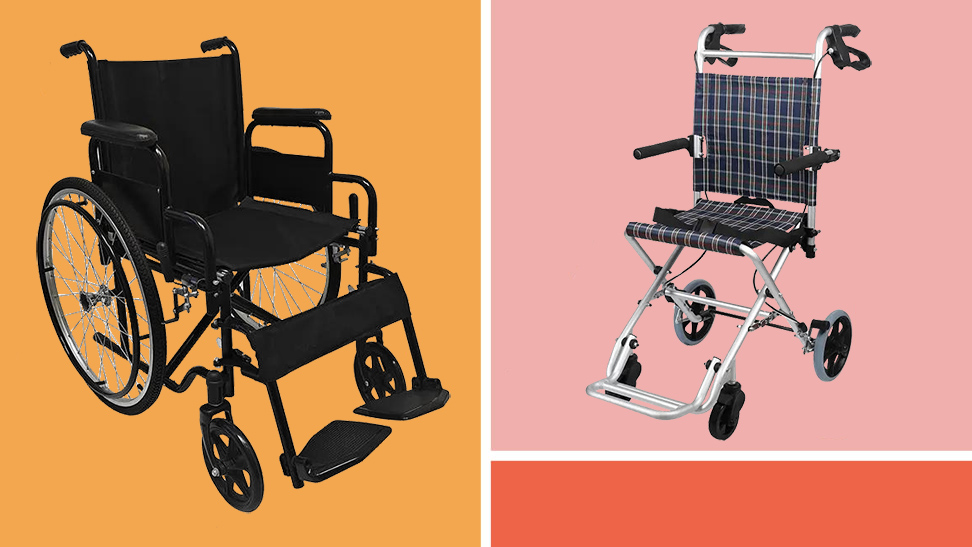
Core Differences in Functionality
Intended Use
Long-term vs. Short-term: aluminium wheelchair are intended for long-term, everyday use, providing comfort, support, and independence. Transit wheelchair are intended for short-term transportation.
Core Differences in Functionality
Storage and Transport Features
Focus: Transit wheelchair are designed with a greater focus on transport features, such as lightweight materials and folding frames. Regular wheelchairs focus more on long-term functionality and user-centric features.
Similarities Between Regular and Transport Wheelchairs
Mobility Aids
Assisted Mobility: Both are mobility aids for people with disabilities or limited mobility, providing transportation for those who are unable to walk or have difficulty walking.
Seating and Support
Seat and Backrest: Both have seats and backrests for support, and are usually padded for added comfort.
Footrests and Leg Rests: Both have adjustable footrests and leg rests for added comfort.
Regular Wheelchair and Transit Wheelchair have different uses. Understanding these differences can help in choosing the right mobility aid to improve the user's mobility and quality of life. Whether it is a regular wheelchair for long-term independence or a transit wheelchair for short-term transportation, the right choice can make a big difference.
-
Please visit Lightweight Transport Wheelchair Mobility Scooter
This folding wheelchair with portable wheels is smaller and more compact than traditional wheelchairs. The folding wheelchair with portable wheels can be easily folded and stored in the trunk or luggage of the car. The comfortable seat, padded armrests and easy-to-use handbrake greatly help personal travel and independent movement. This folding wheelchair with portable wheels is an excellent choice for people who need to travel frequently.
-
Please visit New Design Portable Sports Leisure Wheelchair
This aluminium travel transit wheelchair has many highlights. Double cross braces ensure the stability of the aluminium travel transit wheelchair. Hand brakes and rear wheel brakes provide safety. Breathable nylon padded seat cushion and soft armrest pads enhance the comfort of the aluminium folding lightweight transit wheelchair. Flip-up footrests and convenient travel and storage design increase the practicality of the aluminium folding lightweight transit wheelchair.
-
![Portable Shower Chair Commode Chair]()
Portable Shower Chair Commode Chair
The portable household toilet chair is very useful. When the elderly have difficulty in moving, placing a bedside commode chair in the bedroom can avoid frequent trips to the bathroom.Patients stay in bed after surgery, and a bedside commode chair can reduce the burden of getting up.
-
![Which groups of people need electric wheelchairs more?]()
Which groups of people need electric wheelchairs more?
For the elderly, aluminum electric wheelchair are effortless to push, making grocery shopping and strolling a breeze. For those undergoing surgery, aluminum electric wheelchair can reduce the load on their lower limbs and aid recovery. For those with lower limb disabilities, steel electric wheelchair allow them to travel independently.The steel electric wheelchair offer numerous conveniences. The steel electric wheelchair play a vital role, helping those with mobility impairments reduce their dependence on others. The portable folding electric wheelchairtruly add confidence and freedom to life.
-
![JIANLIAN HOMECARE PRODUCTS CO., LTD participated in MEDICA Germany 2024]()
JIANLIAN HOMECARE PRODUCTS CO., LTD participated in MEDICA Germany 2024
Jianlian Home Furnishings will attend the MEDICA exhibition held at the Düsseldorf Exhibition Center from November 11 to 14, 2024, booth 16, C54-8. MEDICA is a top medical event with thousands of exhibitors, elites from all walks of life and rich programs. Welcome to visit.
-
![Manual Wheelchair With Toilet Commode For Elderly]()
Manual Wheelchair With Toilet Commode For Elderly
Get the latest price? We will reply as soon as possible (within 12 hours)

